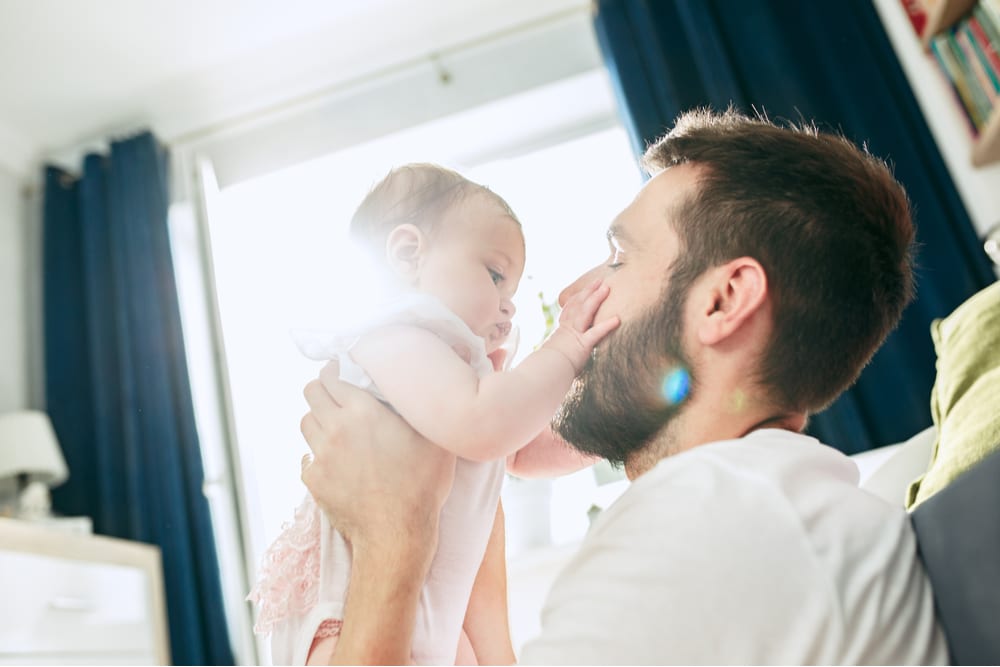
How To Make Your Home Safe For Kids
Children are known for their curiosity especially about the things around them and often have the urge to touch or put things in their mouths.
When you have young kids, your house can be a potential danger zone so it is crucial to make it a haven for them.
From the bathroom, library, backyard, living room, and down to the basement, there may be things around that can be potentially dangerous, such as electrical outlets, glass cabinets, medicines, or sharp items, just to name a few.
Keep the bathroom safe
Always keep the bathroom door closed. If your child needs to go to the bathroom, make sure you are aware. Also provide anti-slip floor matting on tiles to prevent children from a wet and slippery floor.
Make sure the toilet seat is always closed. There are covered toilet lids that can be installed to serve as protection and provide cushion on hard toilet bowl surfaces.
Install latches on medicine cabinets and keep hazardous cleaning chemicals out of children’s reach.
Set water heaters on its minimum setting as default and as an anti-scalding measure. Teach your children how to operate, but make sure that you get to check heat settings first before letting them take a shower.
Childproof your garden
Regardless if you have a small or spacious garden area, you must give this your preferential attention. Children love to play outdoors and spend a lot of time frolicking and getting active in the garden.
Make sure to inspect the garden regularly for the presence of harmful, poisonous, or toxic plants. Several potentially dangerous ornamental and decorative plants are popular today such as several cactus species, stinging trees, thorny roses, poisonous mushrooms, oleander, azaleas, and succulents, just to name a few.
Replace these with child-friendly plants which may include herbs, fruiting plants, or even vegetables. This makes it safer for kids when they get tempted to pick a leaf or fruit and eating it.
Secure your toolshed
Ensure that all gardening tools and accessories are safely stowed away in your garden shed. Have it locked when not in use to prevent children from getting in contact with sharp, pointed, or hard objects that they could be tempted to play with.
Do not leave pesticides, weed killers, or any gardening chemicals out in the open. Make sure everything is properly organized inside the tool shed to also provide you with the awareness of items that may be left out of the shed or misplaced somewhere in the garden.
Safety caps
Put safety caps on wall outlets. Make sure there are no pronged or pointed metal objects that toddlers may play with and plug into outlets.
Rubber guards
Place rubber guards on sharp edges such as tables, chairs, or overhanging shelves. Place anti-slip dampers on staircases and door end.
Library
Make sure books are properly secure in their shelves by making sure it is properly inserted to the wall. Bookends are useful in letting books stay in place and prevent it from falling off the shelves.
Replace the glass of shelf cabinets with acrylic plastic to prevent the chances of breaking and harming children. You can also install a lock on the shelf doors.
Swimming pools
Swimming pools can be dangerous for children and ensuring that proper safety precautionary measures are in place to prevent accidents, such as having the pool area fenced and following pool safety regulations.
Make sure to always prioritise childproofing of your home as accidents can occur at any time and when you least expect it. Get it done right away and you can rest assured that you have done your part in protecting your family and loved ones.